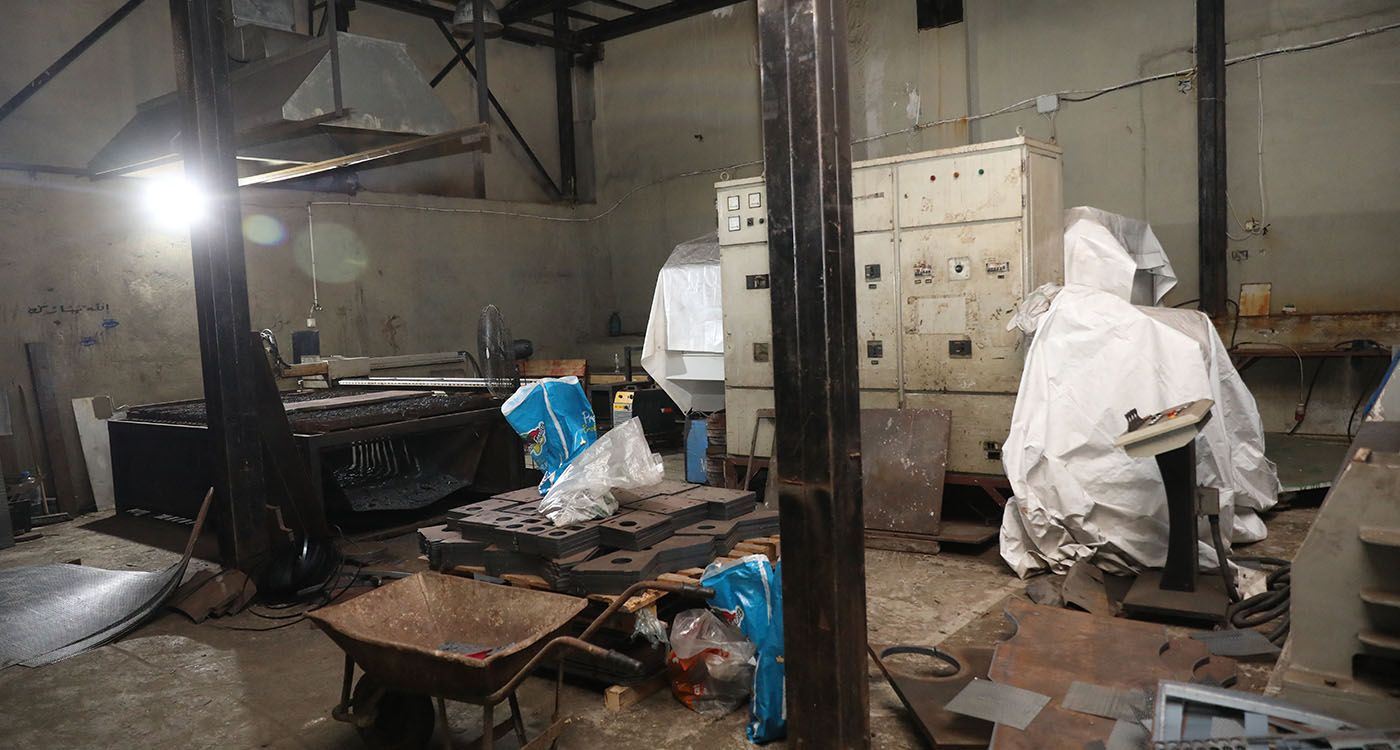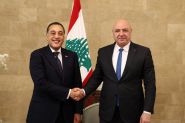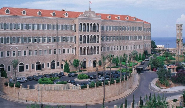
Syrian authorities recently intercepted two large shipments of weapons and ammunition — just days apart — being smuggled into Lebanon as part of Iranian-led efforts to replenish Hezbollah’s military arsenal. Similar attempts had also been thwarted in recent weeks by security services loyal to the Damascus regime.
The ongoing arms smuggling — still limited for now — toward Hezbollah, Iran’s staunch ally in Lebanon, underscores the group’s repeated vows to uphold the “resistance” and reject disarmament, as mandated by the ceasefire agreement reached with Israel last November. While this position reflects a clear refusal to acknowledge the shifting geopolitical landscape in Lebanon and the broader region, more importantly, it signals that the hardline faction within Iran’s mullahs’ regime has no intention of backing down.
For these hardliners and warmongers, preserving the two main levers they still wield in the Arab world — Hezbollah and Yemen’s Houthis — is crucial. Some see this strategy as merely a bargaining chip, intended to raise the stakes and strengthen Iran’s hand in negotiations with the Trump administration. Yet at the same time, several indicators — including weapons smuggling and increasingly escalatory rhetoric — suggest a headlong push forward, reflecting a hardening stance within Iran’s clerical regime and, by extension, Hezbollah’s leadership.
Following President Joseph Aoun’s election and the formation of the Salam cabinet, leaders of the Shiite party cautiously sought to present a cooperative front on disarmament and the strict enforcement of the ceasefire agreement reached in November 2024. However, in recent days, the pro-Iranian faction appears to be backtracking from this position, adopting a hardline stance on the future of its military arsenal while simultaneously launching coordinated political and media campaigns against Prime Minister Nawaf Salam and Foreign Minister Joe Raggi. Circles close to the pro-Iranian group have further escalated tensions by actively working to discredit and undermine the government’s plan to initiate the disarmament of Palestinian camps in Beirut, scheduled for mid-June.
This local tension likely reflects a hardening of Iran’s stance amid ongoing nuclear negotiations with Washington. The latest report from the International Atomic Energy Agency (IAEA) revealed a recent “substantial increase” and acceleration in uranium enriched to 60%, exceeding the 2015 agreement’s limit by 45 times over the past few months. Meanwhile, senior Iranian officials have repeatedly stated that any suspension of uranium enrichment — as demanded by the United States — is unacceptable and constitutes a firm “red line.”
In this context, have Tehran’s leaders viewed the United States’ firm resolve to secure a nuclear deal as a sign of “weakness” or a readiness to compromise with the Iranian regime? The mullahs are certainly capable of such a reading. Two key indicators may shed light on Tehran’s true intentions amid talks with the Trump administration: what Iranian Foreign Minister Abbas Araghchi will convey to senior Lebanese officials during his visit to Beirut on Monday, May 2; and, more importantly, how the clerical regime responds to the agreement proposal — described by the White House as “detailed and acceptable” — delivered by US envoy Steve Witkoff via Oman on Saturday, May 31.
These two issues are expected to be resolved soon, clarifying the path Washington and Tehran will take. While strategic decisions remain uncertain on both sides, one thing is clear: any compromise involving Hezbollah’s and the Houthis’ militia networks and military arsenals will ultimately strengthen the hardline faction within Iran’s clerical regime. This faction could then regain influence and, within a few years, mobilize its proxies for new, futile military ventures aimed at reviving its anti-Western ideological agenda — one fundamentally rooted in exporting the Islamic revolution.
The constant state of war, the obsessive grip on arms and chronic instability are the lifeblood of Iran’s warmongers and their allies — the very raison d’être for their existence (albeit a suicidal one) and the “business model” they rely on to sustain a legitimacy long lost and increasingly contradicted by unfolding realities on the ground.





Comments